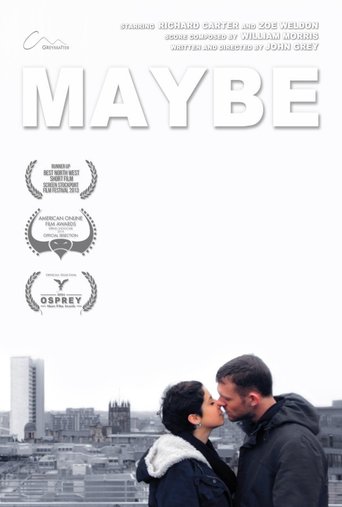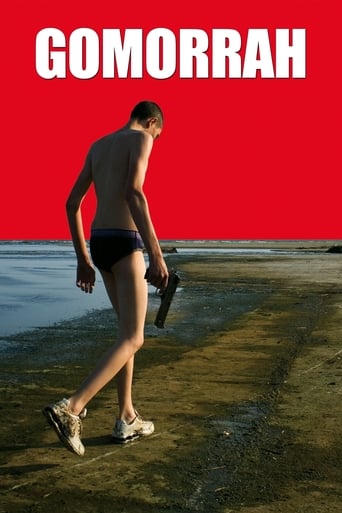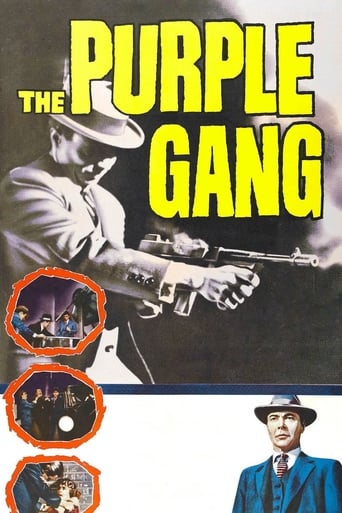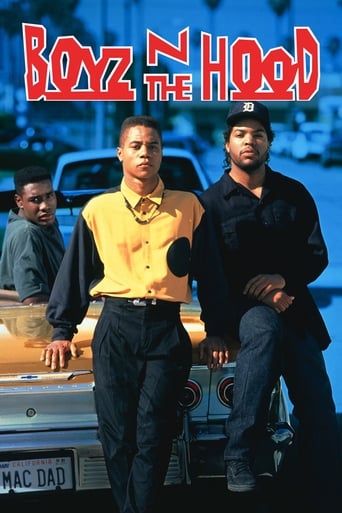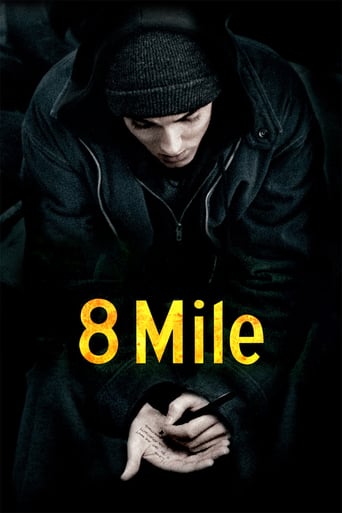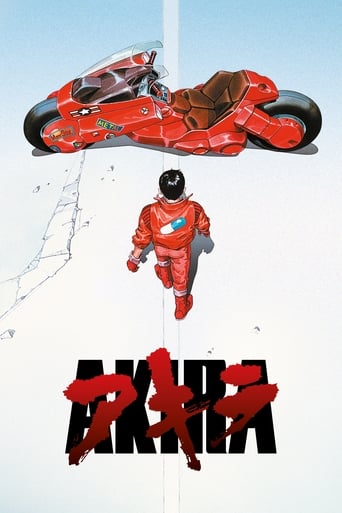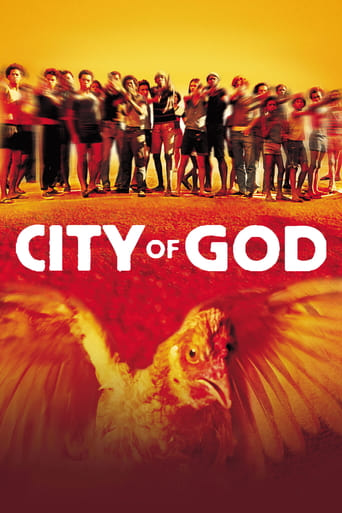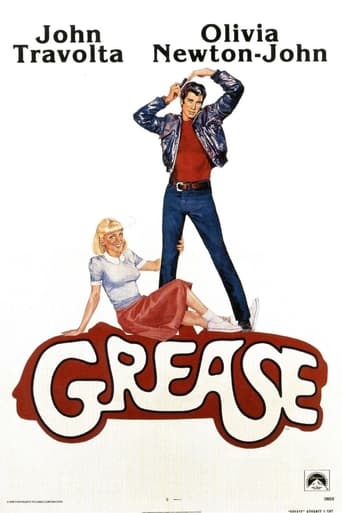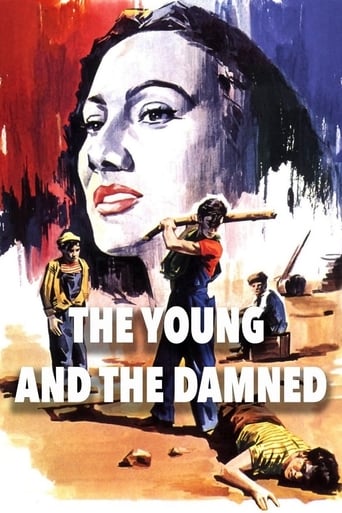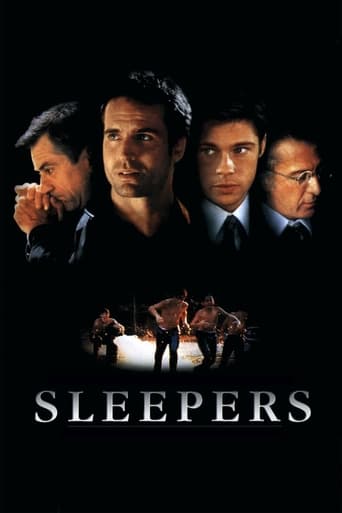
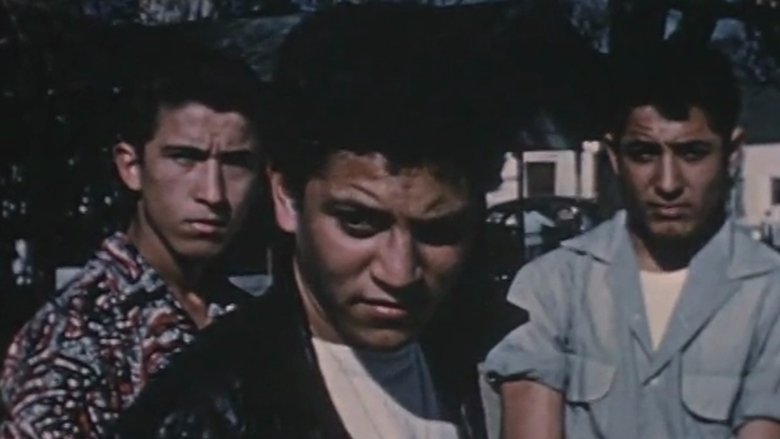
Gang Boy (1954)
Danny ponders a way for rival gangs to avoid violence at an upcoming dance.
Watch Trailer
Cast


Similar titles
Reviews
"Gang Boy" is a 27-minute live action film in color that was released in the United States back in 1954, which means it is already over 60 years old. The writer and director is Arthur Swerdloff and this one we have here is one of these many educational movies that are somewhat a mix of documentary and fiction. The story is not authentic, but the subject is and this is why I am a bit disappointed with the execution here. Gangs were indeed a big problem and you can see this if you have maybe seen some of the Marlon Brando films from back then where it is occasionally referenced in the plot. Anyway, back to this one here: The message may be honorable, but the acting, camera work and plot are mediocre at best, sometimes even pretty bad, which makes it not a satisfying watch at all. I give it a thumbs-down and I really hoped it could have been better because it was made at a time where this film really could have made a difference or educated people on the subject. But it's nothing worth checking out and I guess maybe the best would have been if Swerdloff had gone 100% documentary instead. It becomes painfully obvious that most of the people working on this one were amateurs.
And they lived happily ever afterwards. A rather simple minded allegory of bored youth evolving into gangs. Outside of a Catholic mass there appears to be no external influences. No family. No school. No female temporizing of male spirits. Eventually the stilted intervention of the police, like the apostle Paul to the misguided flock of Ephesus, turns unexplained badness to equally unexplained goodness. Yet in its earnestness I see no better explanation of gangs today - a rather sad commentary on the male psyche steeped in pointless machismo. The documentary is unfortunately marred by a total lack of cultural, economic or sociological explanation. The redemptive ending is as predictable as it is puzzling.
Interesting artifact, very much a reflection of its time. During those post-war years, juvenile delinquency grew as a national concern as a teenage sub-culture began to emerge. In urban areas, gang "rumbles" often made headlines as youths clashed with chains, fists, and sometimes, knives, as dramatized in this 30-minute short. These could be seen as "turf' wars or, at times, as racial clashes, but rarely—if I recall the LA area of this short correctly— was anyone killed. Note how the solution portrayed here can be described as a "liberal" one — that is, by appealing to youths' better instincts, instead of the more traditional reform school path.However, gangs-- at least in the last 50 years-- have evolved from street-level "clubs" into criminal enterprises, trafficking in drugs, guns, and other illicit activities that are often connected with adult-level prison gangs like the Mexican Mafia or the Aryan Brotherhood. Unlike the 1950's, rivalries are now routinely settled with "drive-by" shootings, at the same time, the bodies pile up in poorer and minority neighborhoods. Younger kids can easily be recruited since gang membership offers both status and the prospect of a money-making future. Just as importantly, liberal solutions, as portrayed in the Davis short, offer little prospect of success, while only those programs addressing the deeper causes of poverty and racism hold much promise.Nonetheless, this earnest little docu-drama presents an interesting contrast to such sensationalized youth films of the time as Rebel Without a Cause (1955) or The Blackboard Jungle (1955). I am curious, however, where the producers expected the 30-minutes to be shown and to what effect.
There are a lot of technical problems with this picture that make it pretty bad. The whole thing was shot MOS and the occasional bits of dialogue were looped inexpertly, and often by people who couldn't read the lines with any verisimilitude. In addition, the print I saw -- broadcast on TCM today -- is grainy, fuzzy and the color has distorted over the years.Yet there is tremendous documentary realism in this piece. First, the gang members are played by actual gang members -- several of them are thanked for their help in the opening credits. Combined with the poor prints, that produces a documentary feel to the movie. The narration, spoken with a Latino accent about how the particular gang came together tries to justify the gangs, but it is not very convincing, and that also makes it seem more real.Although undoubtedly intended as a pure exploitation movie -- Sid Davis did a lot of them -- these details make it an accidental masterpiece.



